Before the advent of modern sound reinforcement equipment, holding concerts for large audiences required the use of ingenious architectural and engineering solutions. Historic amphitheaters and concert halls that survive to this day are great examples of how ancient builders provided high-quality sound for large audiences. In this article, we'll look at the most famous venues, their unique acoustic features and interesting details about how they were used to host concerts.
Concerts for large audiences before the invention of sound reinforcement equipment
Concerts for large audiences before the invention of sound reinforcement equipment
Colosseum, Rome, Italy
The Colosseum in Rome, also known as the Flavian Amphitheatre, is one of the most famous architectural landmarks in the world. Built in 80 AD, it accommodated up to 50,000 spectators and was used for gladiator fights, theatrical performances and public events.
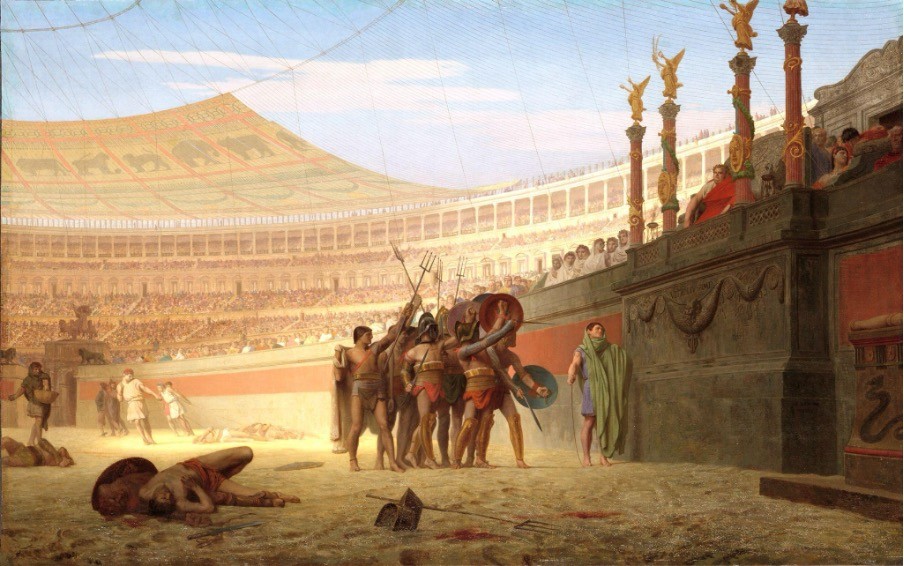
Acoustic features:
The Colosseum was designed to provide excellent acoustics. Its semicircular shape and seating arrangement contributed to the even distribution of sound. Stone walls and stepped rows of seats amplified the sound waves, allowing spectators in the upper tiers to hear what was happening in the arena.
Interesting details:
- The Colosseum was also equipped with a system of awnings (velarium), which not only protected spectators from sun and rain, but also helped improve acoustics by reflecting sound back into the arena.
- Sound effects, such as the sounds of battle, were created through special mechanisms and the use of natural materials such as bronze shields and swords, which enhanced the sound impact on the audience.
Epidaurus Theater, Greece
The Theater of Epidaurus, built in the 4th century BC, is one of the best preserved ancient Greek theatres. It could accommodate up to 14,000 spectators and was used for dramatic performances and religious ceremonies.
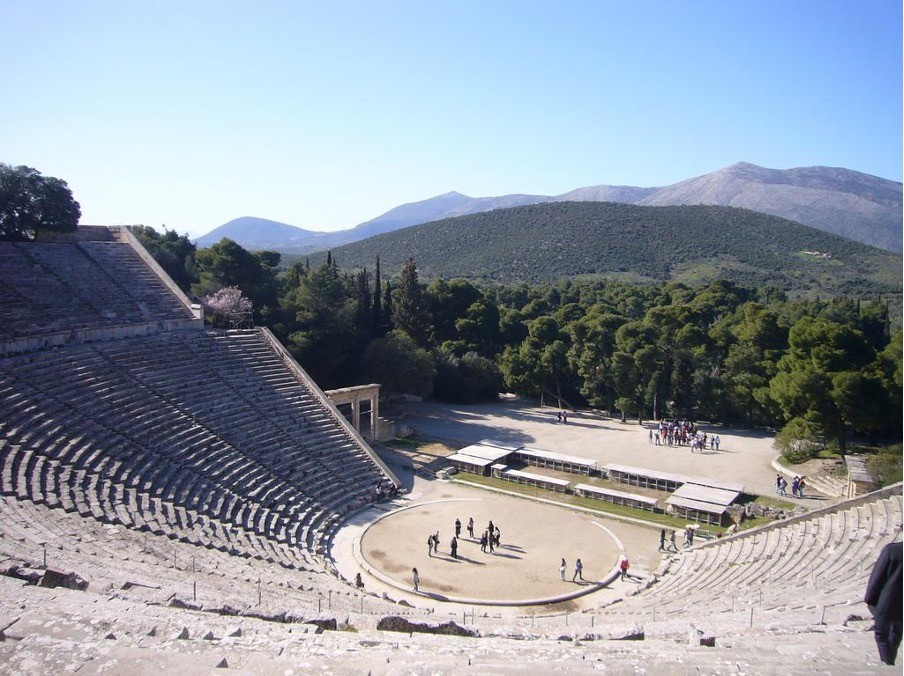
Acoustic features:
Epidaurus is famous for its amazing acoustics. Even a whisper on stage can be heard in the back rows of the audience. This is achieved through the theater's unique design, including its semi-circular shape and the use of limestone, which absorbs low-frequency noise and reflects high-frequency sounds.
Interesting details:
- The theater was discovered in 1881 by archaeologist Panagiotis Kavadias and is still used to host theater festivals and concerts.
- Modern researchers have found that the acoustic properties of the theater are also improved by angling the seats and positioning the stage, which allows sound waves to travel evenly throughout the space.
Odeon of Herodes Atticus, Athens, Greece
The Odeon of Herodes Atticus, built in 161 AD, is another example of magnificent ancient Greek architecture. This theater could seat up to 5,000 spectators and was used for musical and theatrical performances.
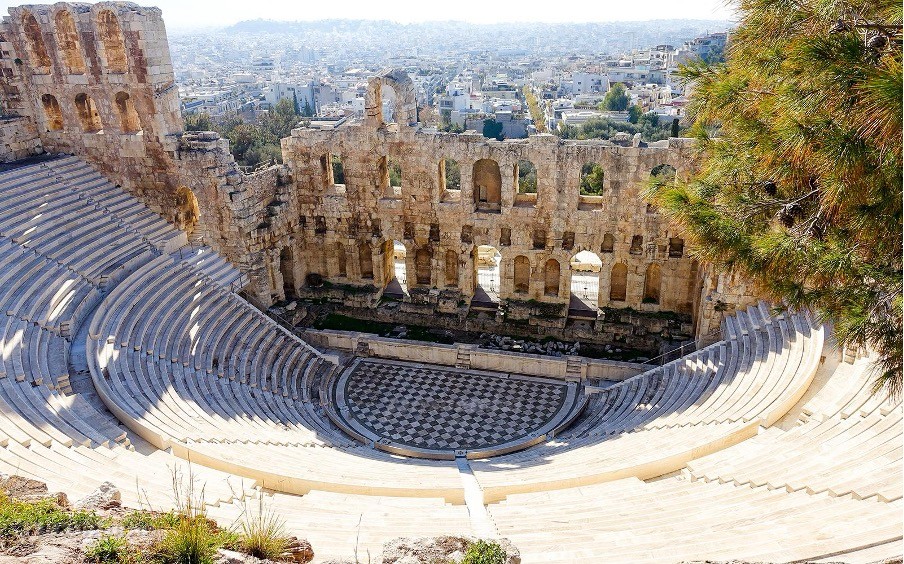
Acoustic features:
The Odeon features a semicircular shape and stone seats, which contribute to excellent acoustics. Sound travels clearly and evenly throughout the auditorium, allowing audiences to enjoy performances even from distant seats.
Interesting details:
- The theater was restored in the 1950s and is still used today to host the Athens Festival, where international stars of music and theater perform.
- Herodes Atticus built this theater in memory of his wife Regilla, which gives this place a special historical and emotional value.
The Hollywood Bowl, Los Angeles, USA
The Hollywood Bowl, opened in 1922, was one of the first venues to use both natural acoustics and amplification equipment. This amphitheater seats up to 17,500 spectators and is one of the most famous concert venues in the United States.
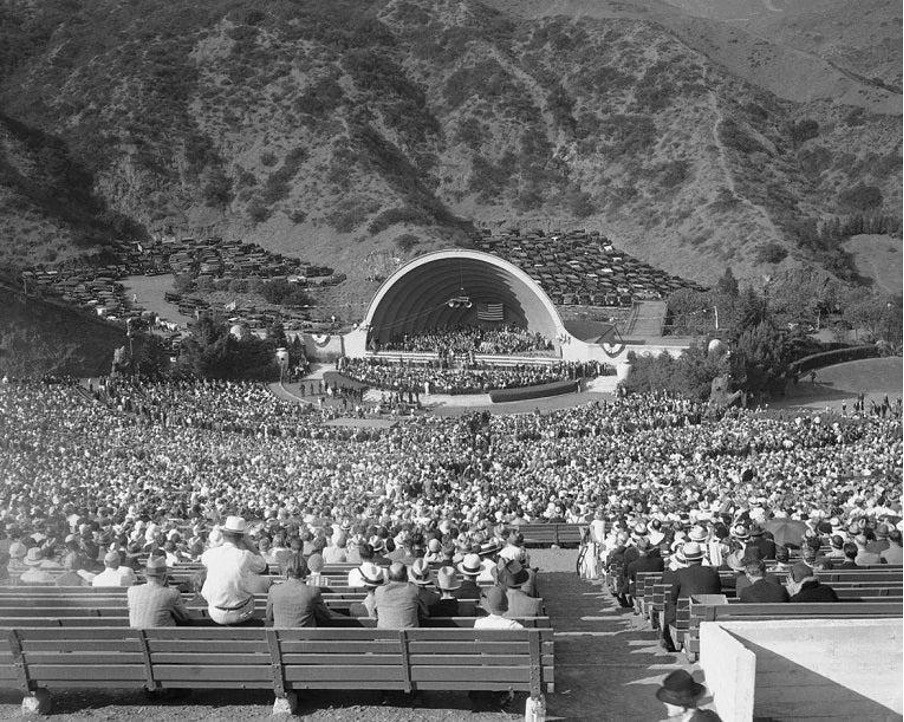
Acoustic features:
The natural bowl shape of the amphitheater allows sound to spread throughout the space. In 2004, the sound system was completely modernized to meet modern requirements and provide maximum sound quality for all types of performances.
Interesting details:
- The Hollywood Bowl hosts performances of various genres of music, from classical to rock music. The sound system has been designed to provide high quality sound for each genre.
- The Beatles performed at the venue in 1964, making The Hollywood Bowl one of the most iconic venues in rock history.
Musikverein concert hall, Vienna, Austria
The Musikverein concert hall, opened in 1870, is home to the Vienna Philharmonic Orchestra. This hall is famous for its ideal acoustics and can accommodate up to 2,000 spectators.
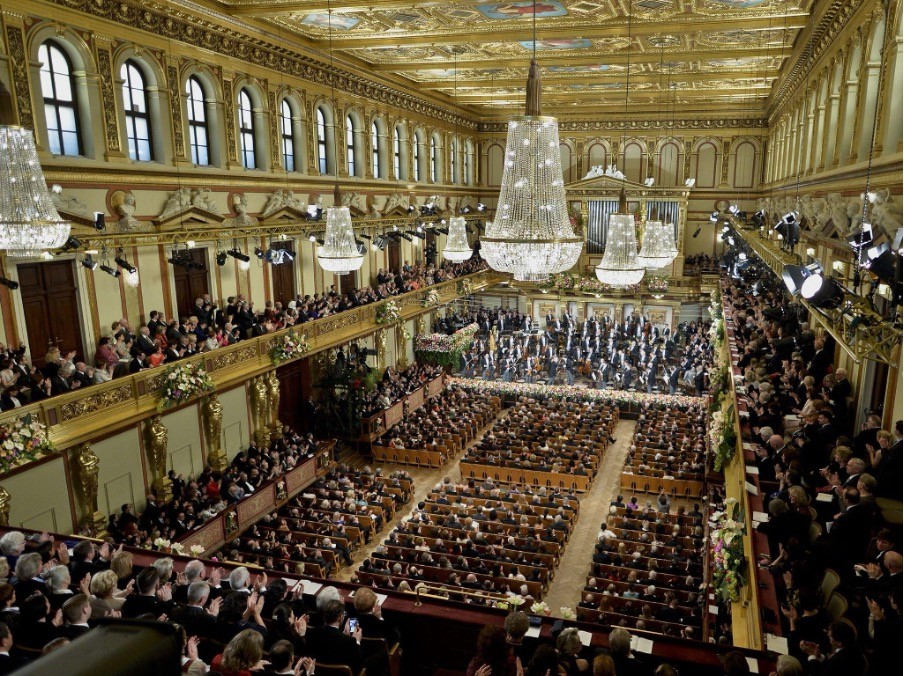
Acoustic features:
The Musikverein is famous for its acoustics, which resemble a long, narrow shoebox. This shape allows sound to travel without distortion, creating ideal conditions for listening to classical music.
Interesting details:
- The hall was designed by Danish architect Theophil Hansen in a neoclassical style inspired by ancient Greek temples.
- Every year the Musikverein hosts the famous Vienna New Year's Concert, which is broadcast worldwide and attracts millions of spectators.
These historic venues demonstrate how important architecture was to the creation of quality sound before the advent of modern technology. Architects and builders used ingenious engineering to ensure maximum acoustics, and these historic sites still impress today with their ability to transmit sound without distortion.
Conclusion
Concerts for large audiences before the invention of sound amplification equipment were possible thanks to ingenious architectural solutions and a deep understanding of acoustic principles. Historic amphitheaters and concert halls such as the Colosseum in Rome, the Theater of Epidaurus, the Odeon of Herodes Atticus, the Hollywood Bowl and the Musikverein are prime examples of how ancient builders provided high quality sound for large audiences. These places have not only retained their cultural and historical value, but also continue to inspire and impress with their acoustics and architecture.
If you liked this story, subscribe to our social networks - Telegram, Vkontakte, Dzen and like, write your impressions in the comments.
Come to our ROVSKY AUDIO showroom, where we will show you how modern technologies can make sound even better!